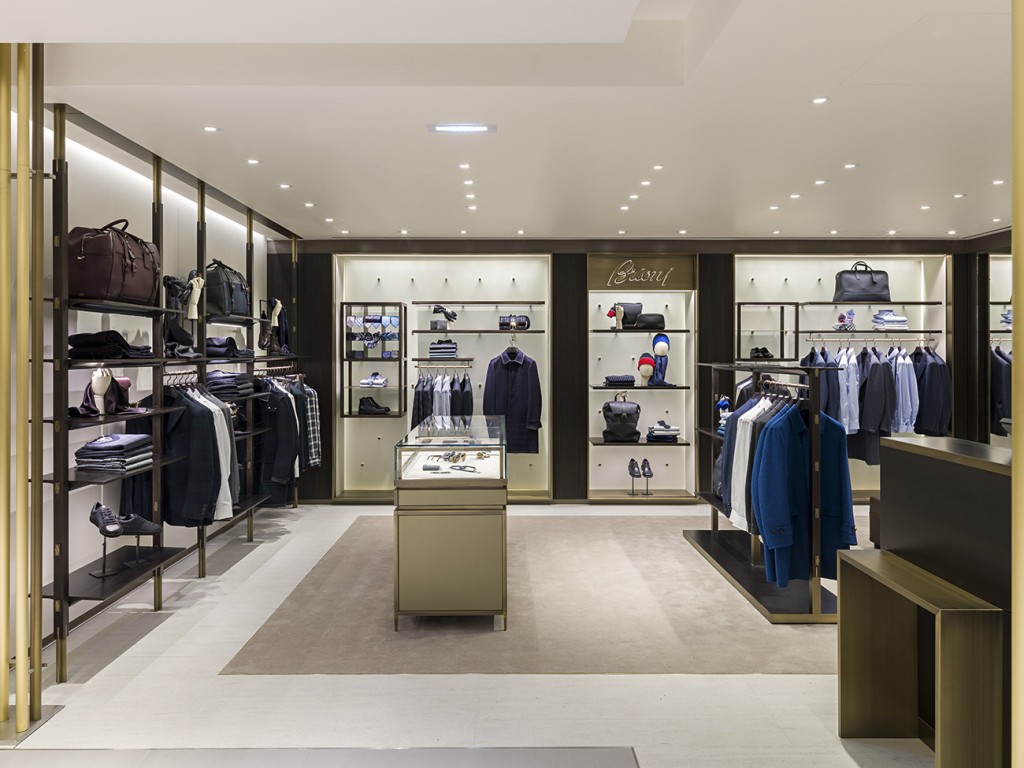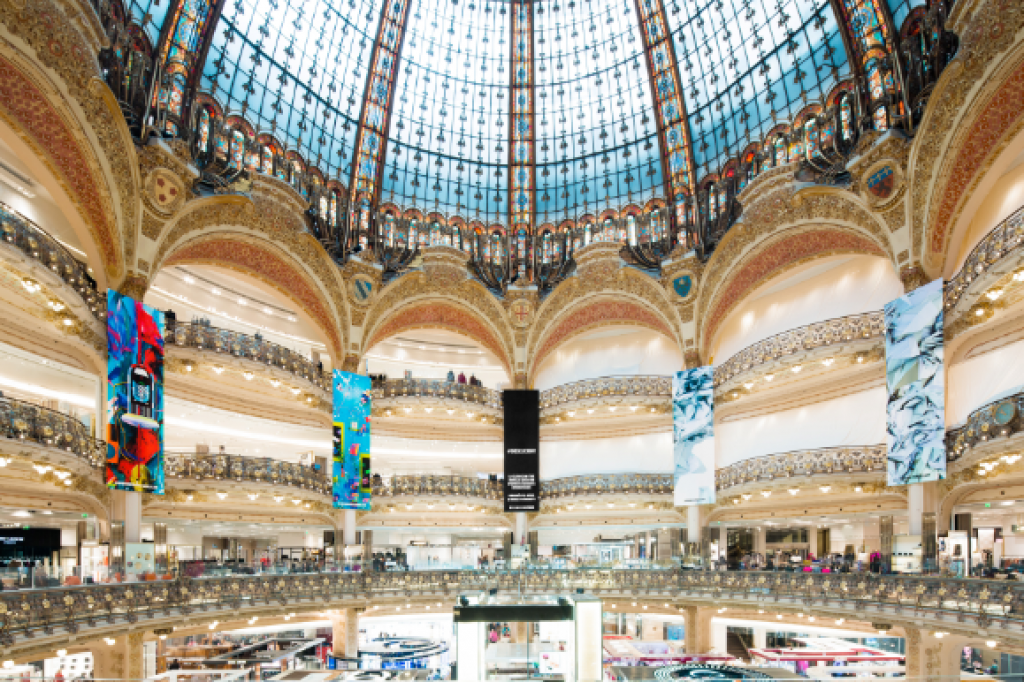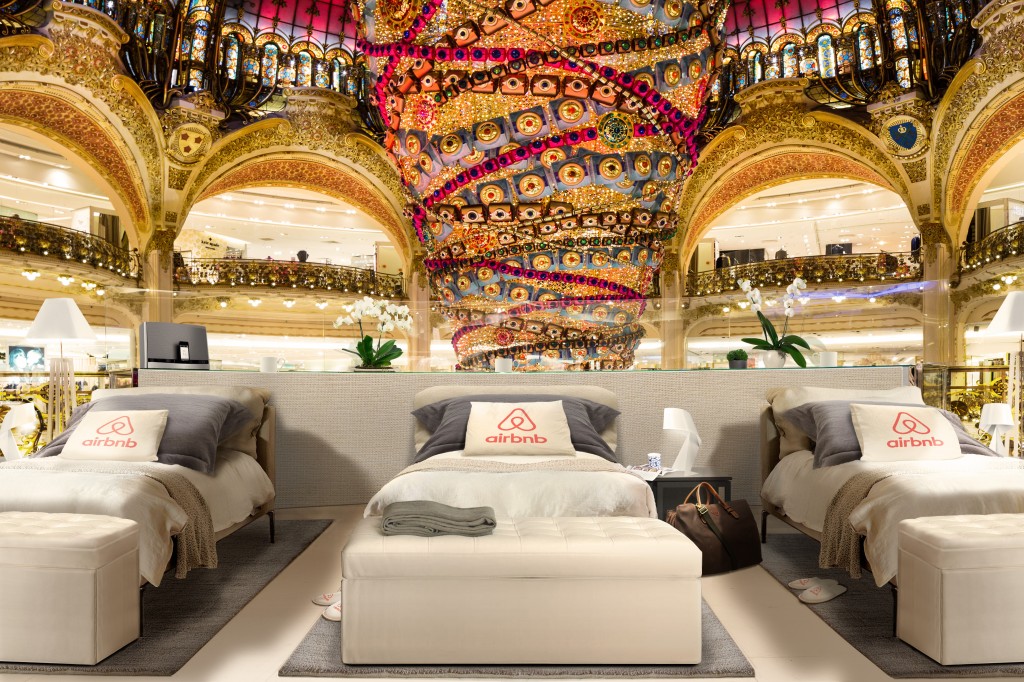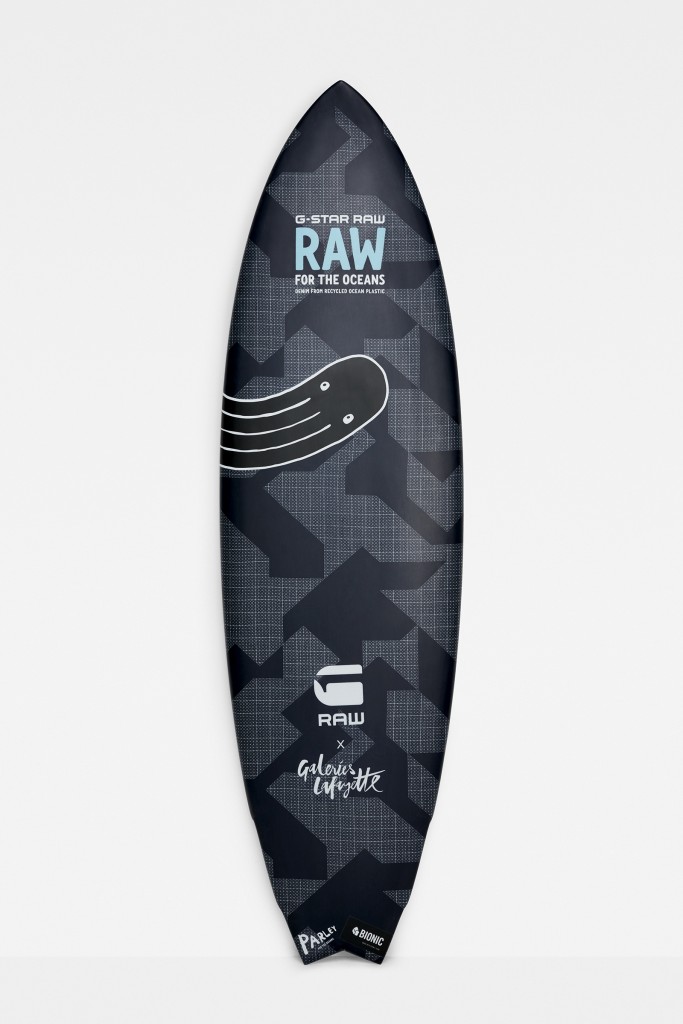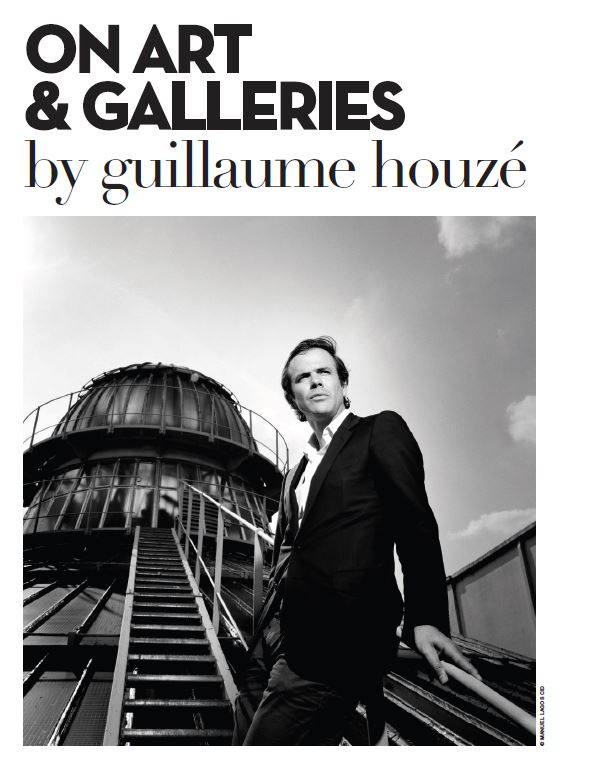
ON ART AND GALERIES BY GUILLAUME HOUZE CRASH 66
By Crash redaction
CONTINUING THE LONG LINE OF ART COLLECTORS INVOLVED IN THE GALERIES LAFAYETTE GROUP’S CREATION AND MANAGEMENT OVER THE DECADES, GUILLAUME HOUZÉ MET WITH CRASH TO DISCUSS HIS FIRST ENCOUNTER WITH ART, HIS ENTHUSIASM FOR CONTEMPORARY ART, HIS EFFORTS TO PROMOTE IT WITH THE GROUP AND HIS PLAN TO LAUNCH A CORPORATE FOUNDATION FOR CONTEMPORARY ART IN PARIS.
Can you tell us a bit about your career? When did your interest in contemporary art first arise?
I grew up in an atmosphere where art always played a very important role, even in childhood with my parents and grandparents. They collected books, autographs, icons and all sorts of odd items like anything dated 1871, the year of the Paris Commune. It was an atmosphere where objects were given a central place, and where some of these objects were Impressionist and Modern artworks. So it was at my great-grandparents’ home at Place de l’Alma that I had my aesthetic awakening. Actually it was in front of a very strange painting by Soutine! At my grandparents’ there were always paintings on every wall, by Serge Poliakoff, Jean-Michel Atlan… It was this process of discovery that sparked my interest in the art of my own era. Later on, my conversations with dealers and gallery owners in the Marais and the 13th arrondissement introduced me to artists like Delphine Coindet, for example.
So your interest in contemporary art came from talking with gallery owners?
It did. We don’t often mention the role played by gallery owners, even though they play a very important role. They provide support, promotion, production, guidance… They are the first contact between artists and collectors. It was with the help of some of these gallery owners, like Michel Rein, Olivier Antoine and Kamel Menour, that my interest in the art of my time really took off. They got me into this entire generation of artists like Benoît Maire and Latifa Echakhch…
France can seem like an exciting place because this generation of artists has an international prestige,
especially artists like Pierre Huyghe, Philippe Parreno…
They represent a key moment in the history of art, as Philippe Parreno’s exhibition at the Palais de Tokyo and Pierre Huyghe’s at Centre Pompidou clearly showed. These artists are at a turning point in their art careers, since they are major artists but they have yet to reach the same level of success on the art market as other Anglo-Saxon artists have… They have already won over the critics, but not the market… They are not as well-known as certain other artists, despite their strong and important work.
Do you pay more attention to French artists or is your approach more dispersed?
In the beginning I focused on a lot of French artists because I felt more of a connection with them. So when I started doing these exhibitions, all the artists were French. It was a way to promote people I knew and frequented. Some were my friends. It was also a way to say that interesting things were happening in France. But there certainly wasn’t any nationalism about it. The point was not to say, « Let’s get some publicity by showing nothing but French artists!”
What is your relationship to the Galeries Lafayette Group? Because contemporary art is a personal
interest of yours, but everything you do is always associated with Galeries Lafayette… It’s a personal interest that quickly became a full-fledged corporate project. When I organize exhibitions at the Galerie des Galeries, in the cultural center at the Haussmann location, it serves the store’s dynamic and its context in a way. And since we are a central part of the cities where we are located, and we play an important role in influencing how people come to engage their own time, it’s also our responsibility and our mission to provide a point of view on art and contemporary creation.
Your recently launched a foundation. What is its purpose?
It’s a contemporary art foundation that will help artists and designers reevaluate the question of production. It will be a space for transformation where artists will come to experiment and produce works. Although the site will be equipped to exhibit works, its primary purpose is to serve as a place to work and brainstorm. It will offer the tools, resources and guidance artists need to facilitate the creative process, but it will not serve as a substitute for galleries or art centers. Production is really the key theme for the foundation…
Where will it be located? Is it already open?
It is! The foundation currently has a temporary home in a building renovated by the Belgian group Rotor. It’s located on the Rue du Plâtre in the Marais. We opened it for four days during the Fiac, with an exhibition devoted to a young Kosovar artist, Petrit Halilaj. We will






